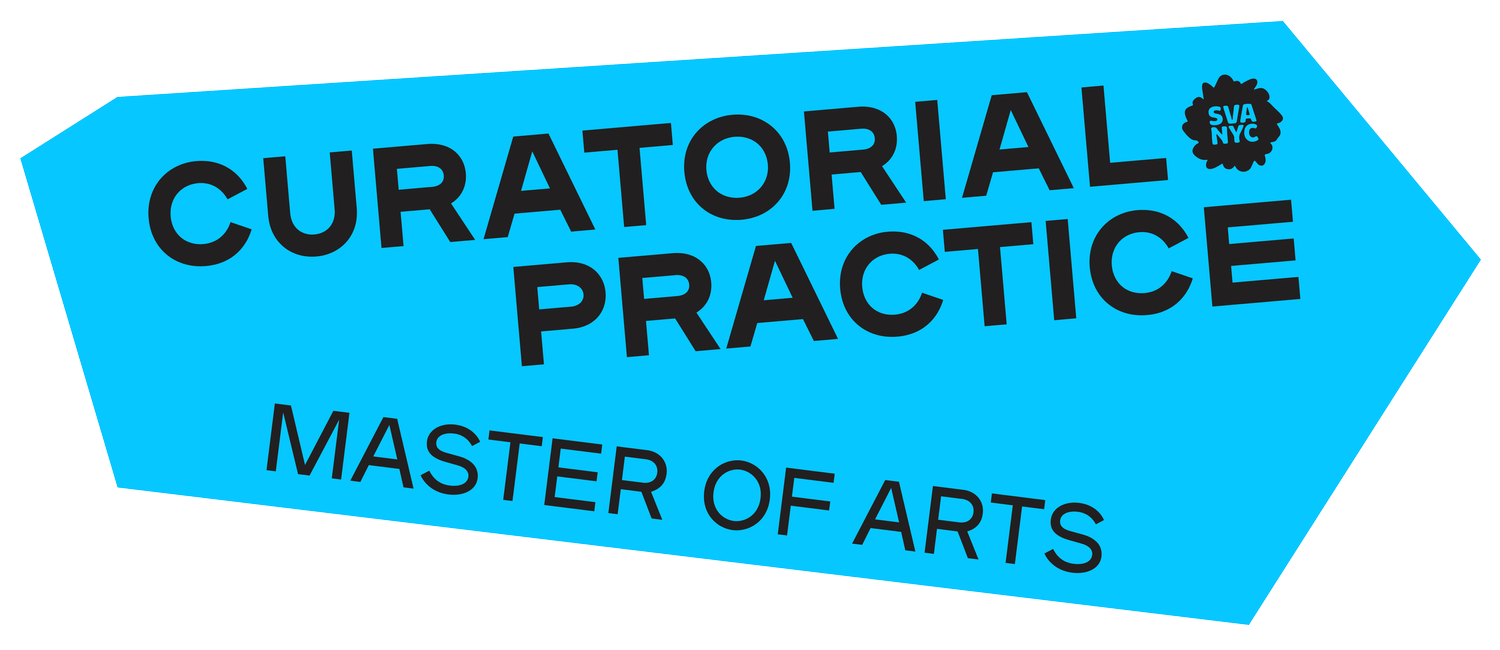
PUBLIC LIBRARY
MA Curatorial Practice is pleased to share a library of public-access texts that we think are crucial to the understanding of curatorial work and thinking within the larger framework of the social sphere. Every few months the library is updated.
For our first selection, we are thinking about issues relating to museums and contemporary art, particularly as art museums that once gave little attention to curating contemporary work and hardly collected it, but now are focusing increasingly on it. Yet the relationship to time, in this case, demands further thought. On one hand, contemporary art must reflect contemporary time—the present time, with its living energy and urgent issues. On the other, a museum also has to produce history and historical relevance for the future. This often splits the present time of the contemporary into strange alliances with the past and the future, where living energies and excitement rub up against eternity and obsolescence alike. These books navigate this apparent paradox in various ways.
Okwui Enwezor, Archive Fever: Uses of the Document in Contemporary Art, 2008
Archive Fever was Enwezor’s 2008 exhibition at New York’s International Center of Photography that looked at the recordings we know as images. As containers of human life and fleeting time, images are machines of endless fascination with a complex relation to the taxonomic and archaeological apparatus of the archive.
Anselm Franke, Animism, 2010
Franke’s epic Animism exhibition was first mounted at Extra City and MUHKA in Antwerp in 2010, and has continued in a number of further iterations since. Mining the unstable boundary between life and non-life, from machines to movement and animation, to ethnography and museology, the exhibition consistently replaces science with culture, and culture with science, to tease out the superstitions and neuroses of Western modernity.
Yuk Hui, The Question Concerning Technology in China: An Essay in Cosmotechnics, 2016
Hui’s cosmotechnics proposes that questions concerning culture and cultural difference be posed as questions of technology—as different ways of becoming in time and constructing logical systems out of metaphysical ones. Chinese philosophical thought, he argues, has always had a technical dimension and can serve as a model for detaching technology from its industrial applications and rendering it as an expression of larger cosmological systems.
Maria Lind, ed. Performing the Curatorial Within and Beyond Art, 2012
For curator and institutional director Maria Lind, “the curatorial” is less a mode of display than a constellation of forces in space, including neighboring artworks and objects, and the specific time of presentation that together create a field of meanings and connections. This book gathers essays and discussions on different approaches to “the curatorial” from a symposium and seminar series held at the University of Gothenburg in 2010–11.
Raqs Media Collective, Seepage, 2010
Known for their delicate thought and radiant prose, the three artists, curators, and editors of Raqs Media Collective (Monica Narula, Jeebesh Bagchi, and Shuddhabrata Sengupta) present a series of their essays in Seepage that elegantly examine ways in which time, technology, geography, and movement nourish artistic life.
Legacy Russell, Glitch Feminism, 2020
In Glitch Feminism, Russell celebrates the error as machinic refusal and nonperformance. What does it mean for normative notions of gender and race to be interrupted or rendered illegible by the glitch, both online and in spaces of art? As a curator, Russell pushes readers to understand notions of legibility and representation through their limits, and to break through flattening narratives of otherness.
Hito Steyerl, Duty Free Art - Art in the Age of Planetary Civil War, 2017
Steyerl’s Duty Free Art opens with a tank being driven off a museum pedestal and into a war. Thought to be on commemorative display, the machine of war is reactivated, and the book proceeds to ask how the hypothetical container of the museum becomes a weapon for a war of a (not so) different kind.
Jalal Toufic, The Withdrawal of Tradition Past a Surpassing Disaster, 2009
Toufic’s theory outlines how traditions of the vanquished continue in different states of availability in spite of having been eradicated in the forms through which they once flourished. He compels a closer examination of artifacts and artworks to sense where withdrawn traditions may lie waiting to be rediscovered and reanimated.
Eyal Weizman, Forensic Architecture: Violence at the Threshold of Detectability, 2017
Weizman and the research unit Forensic Architecture do “architecture in reverse” by using digital tools to reconstruct war crimes through fragmentary material evidence. In the past, they have used museum displays to stage and replay events they study toward the activist aim of social justice.









